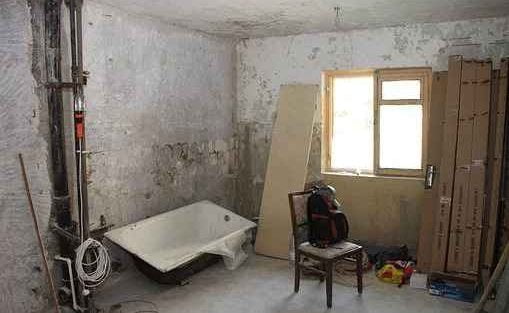Last updated on March 27th, 2024 at 11:27 pm
When designing or renovating your home, it’s easy to become immersed in the grand vision of colours, furnishings, and layouts. Yet, amidst the excitement, a seemingly mundane element plays a critical role in the functionality and convenience of your living space: electrical sockets. These unassuming points of power distribution can greatly impact your daily life. This article guides you through the key considerations for getting your electrical sockets just right, ensuring that your home is both practical and comfortable.
Table of Contents
Strategically Placing Outlets:
Before hammer meets nail, it’s essential to carefully consider the placement of electrical sockets. The objective is to strike a balance between accessibility and aesthetics. Begin by assessing the layout of each room and identifying areas where you’re likely to need power. Think about the location of furniture, appliances, and technology devices. Place sockets within easy reach of workstations, seating areas, and places where you’ll charge your devices. Kitchens, living rooms, bedrooms, and home offices are prime locations that demand ample power sources.
Count the Outlets:
In the digital age, the demand for power outlets has surged. With smartphones, laptops, tablets, entertainment systems, and various appliances all requiring charging or power connections, the more outlets you have, the better. To avoid cluttering your walls with power strips and extension cords, consider installing multiple outlets in strategic locations. The rule of thumb is to have at least one outlet every 6 to 8 feet along the walls to ensure you have sufficient power options.
Integrated Design:
While practicality is paramount, aesthetics also play a significant role. Consider outlets with matching wall plate covers that blend seamlessly with your interior design. If you’ve gone with a dark theme, consider ACAS Electrical black sockets and switches to blend in with the surroundings, while if you’re aiming for a minimalist look, consider outlets that recess into the wall, hiding them from view when not in use.
Specialized Outlets:
Not all outlets are created equal. In areas with potential exposure to moisture, such as kitchens, bathrooms, and outdoor spaces, Ground Fault Circuit Interrupter (GFCI) outlets are a must. GFCI outlets detect imbalances in electrical currents and shut off power to prevent electrical shock. For added safety, consider installing Arc Fault Circuit Interrupter (AFCI) outlets in areas like bedrooms and living rooms to detect hazardous arcing conditions that could lead to fires.
Future-Proofing with USB Outlets:
As technology evolves, our reliance on USB devices grows. Incorporating USB outlets alongside standard power outlets is a forward-thinking move. USB outlets eliminate the need for adapters and provide direct charging options for smartphones, tablets, and other USB-powered devices. These outlets are especially useful on bedside tables, home office desks, and in common living areas.
Height Matters:
The height at which you install electrical outlets is not a trivial matter. Aim for a convenient height that’s easily accessible without requiring awkward bending or stretching. Standard height is about 12 to 18 inches above the floor, but you can adjust this based on your personal preferences and needs.
Professional Installation:
When it comes to electrical work, safety is paramount. While DIY enthusiasts might be tempted to handle outlet installation, it’s recommended to leave this task to licensed electricians. Professional installers ensure that outlets are properly grounded, circuits are correctly wired, and all safety codes and regulations are met.
In conclusion, the importance of getting your electrical sockets right cannot be overstated. These unobtrusive components play a pivotal role in your daily life, powering everything from your essential appliances to your digital devices. By strategically placing outlets, installing specialized options, incorporating USB outlets, and paying attention to height and design, you can create a home that’s not only beautiful but also perfectly functional and responsive to your power needs. Remember, when it comes to electrical work, it’s always wise to consult a professional to ensure safety and compliance.
Related Articles:







